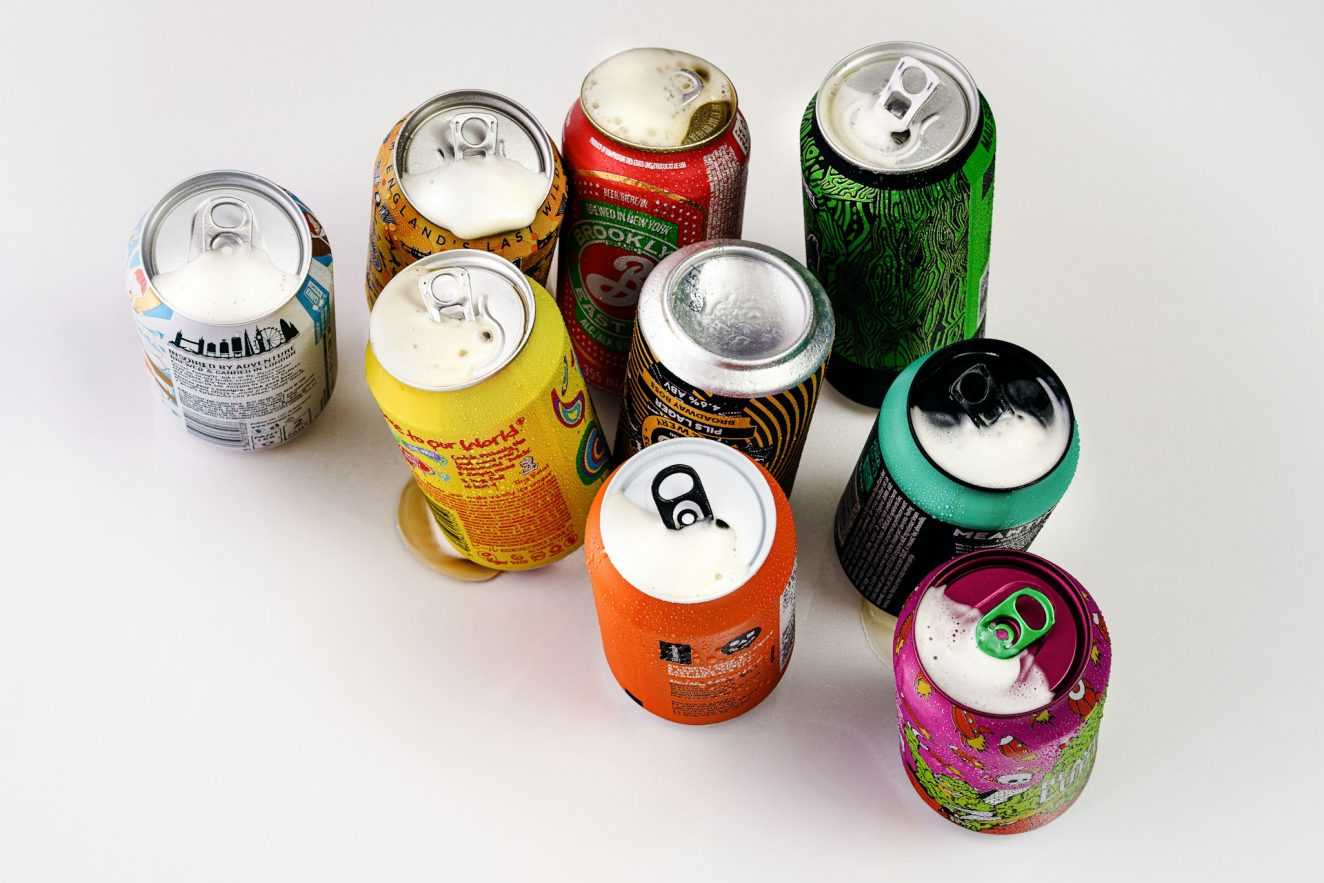In a world where synthetic chemicals are omnipresent, concerns about their potential harm to our health linger in the minds of experts. With over 40,000 chemicals used in everyday consumer products, the majority remains untested for human safety. In this article, we unravel the complexities of five groups of synthetic chemicals—pesticides, phthalates, flame retardants, bisphenols, and PFAS—shedding light on their presence, potential risks, and empowering you to reduce exposure.

1. Pesticides
Definition: Pesticides are chemicals used to regulate, prevent, or destroy pests, commonly found in produce.
Presence: Residues are detected in up to 70% of US-sold produce.
Risks: Linked to various health issues, including cancer, diabetes, Parkinson’s, and asthma.
Action Steps: Wash and peel produce, trim fat from meat, opt for organic when possible.
2. Phthalates
Definition: Phthalates, found in plastics, act as plasticizers and are present in numerous products.
Presence: Widespread exposure, especially in cosmetics, personal care products, and vinyl items.
Risks: Linked to reproductive and genital defects, lower sperm count, and hormonal disruption.
Action Steps: Minimize plastic use, check product labels, and opt for glass or phthalate-free alternatives.
3. Flame Retardants
Definition: Used since the ’70s, flame retardants are prevalent in household items to prevent fire spread.
Presence: Found in furniture, electronics, baby products, and even automotive parts.
Risks: Impacts nervous and reproductive systems, potentially linked to cancer.
Action Steps: Reduce dust exposure, wash hands frequently, avoid polyurethane foam-filled furniture.

4. Bisphenols (Including BPA)
Definition: Bisphenols are chemicals used in plastics and epoxy resins, with BPA being the most infamous.
Presence: In receipt paper, food packaging, DVDs, medical equipment, toys, and water bottles.
Risks: Debated health effects, potential endocrine disruption and adverse impacts.
Action Steps: Reduce canned food consumption, avoid plastics with specific recycling codes, choose BPA-free options.
5. PFAS Chemicals
Definition: PFAS are chemicals used for water, grease, and stain resistance.
Presence: Found in non-stick cookware, water repellents, food packaging, and even dental floss.
Risks: Linked to developmental issues, cancer, immune disruption, fertility impairment, and high cholesterol.
Action Steps: Avoid non-stick cookware, check for PFAS in products, inquire about water contamination, and monitor fish advisories.

In the chemical labyrinth we navigate daily, understanding potential risks and taking proactive measures empowers us to make informed choices. While complete elimination of exposure is challenging, adopting mindful habits can significantly reduce the impact on our health. By washing produce, minimizing plastic use, choosing safer alternatives, and staying informed, we can carve a path towards a healthier, chemical-conscious lifestyle. After all, awareness is the first step in fostering a safer and more secure environment for ourselves and future generations.





